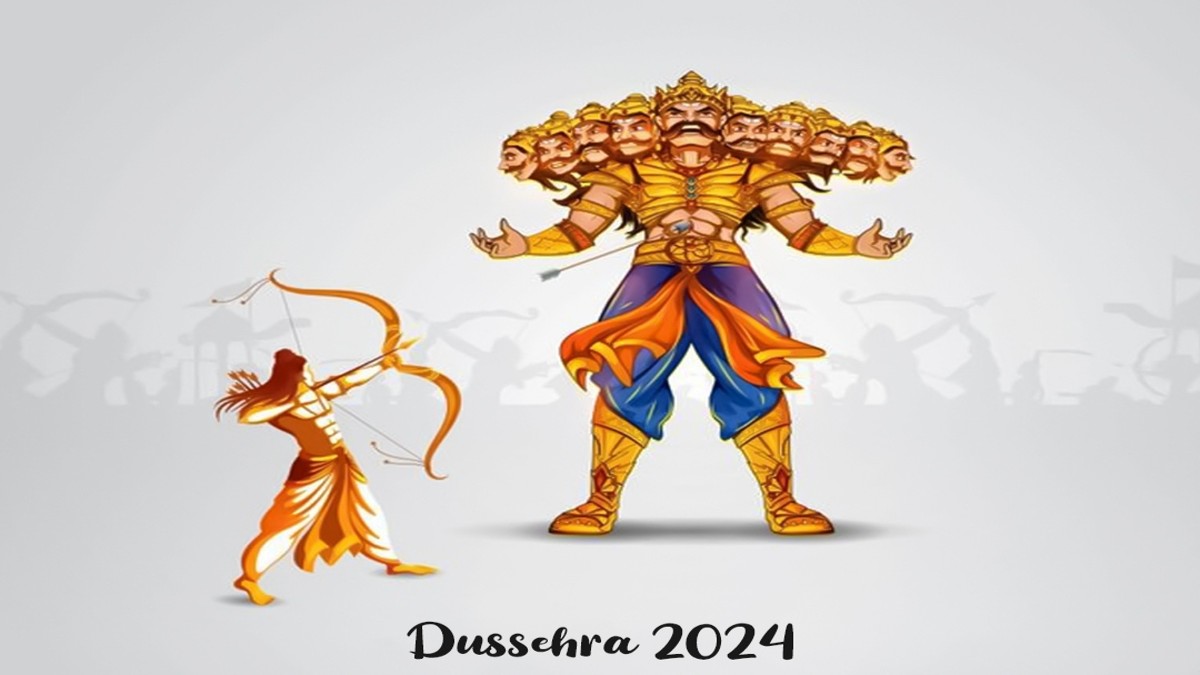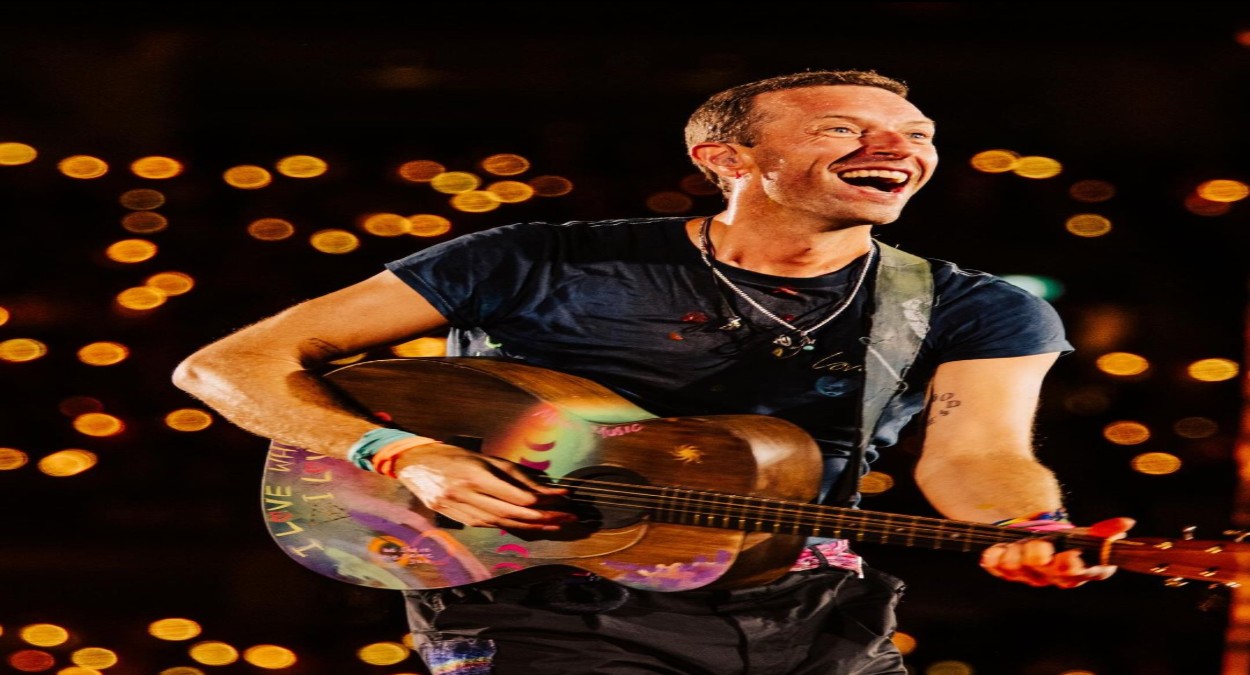
Dussehra 2024
Dussehra 2024, Dussehra, also known as Vijayadashami, is one of the most significant festivals celebrated across India. It marks the triumph of good over evil, symbolized by the victory of Lord Rama over the demon king Ravana and the goddess Durga’s conquest of the buffalo demon Mahishasura. Dussehra 2024, like every year, will be celebrated with great enthusiasm, devotion, and grandeur across the country, bringing together communities in a vibrant display of culture, tradition, and spirituality.
This article delves deep into the history, significance, regional celebrations, rituals, and modern-day interpretations of Dussehra, highlighting the festival’s rich cultural fabric and its relevance in contemporary times.
The Historical and Mythological Origins of Dussehra: Dussehra 2024
Dussehra has two main mythological roots—one from the Ramayana and the other from the Mahabharata. Both stories emphasize the central theme of good triumphing over evil, and the festival celebrates this victory in various ways across different regions of India.
The Ramayana and the Victory of Lord Rama
In the Ramayana, the demon king Ravana, ruler of Lanka, abducts Lord Rama’s wife, Sita. Lord Rama, accompanied by his brother Lakshmana and the monkey-god Hanuman, embarks on a quest to rescue her. The battle between Lord Rama and Ravana culminates on the day of Dussehra, with Lord Rama killing Ravana and freeing Sita from captivity.
Ravana’s ten heads are symbolic of his immense knowledge and power but also his ego, lust, and greed—qualities that lead to his downfall. Dussehra celebrates Lord Rama’s victory as a reminder that no matter how powerful evil may seem, righteousness, courage, and virtue will always prevail.
The Mahabharata and the Legend of Durga: Dussehra 2024
In another tradition, Dussehra is linked to the worship of Goddess Durga. According to the Mahabharata, the festival coincides with the worship of Durga when the goddess battled and defeated Mahishasura, a powerful demon who had terrorized the heavens and the earth. Durga, symbolizing feminine power and strength, fought for nine days and nights, finally defeating Mahishasura on the tenth day, which is celebrated as Vijayadashami, or Dussehra.
This aspect of the festival highlights the power of divine feminine energy and the victory of good over evil forces that threaten harmony and peace.
Significance of Dussehra in 2024
Dussehra in 2024 will be celebrated on October 21, marking the culmination of the Navaratri festival. The essence of Dussehra remains timeless, but in 2024, the festival holds particular significance as it provides an opportunity for reflection on global challenges. With a world increasingly affected by various forms of strife—environmental, political, and social—Dussehra serves as a reminder of the eternal struggle between good and evil and the hope for righteousness to prevail.
The COVID-19 pandemic has also left a deep imprint on society, altering the way festivals are celebrated. Although normalcy has returned to most parts of the world, Dussehra 2024 will likely retain some of the lessons learned during the pandemic, such as the importance of health, safety, and the strength of communities in the face of adversity.
Moreover, the year 2024 is significant as India continues to see rapid modernization alongside its ancient traditions. Dussehra serves as a bridge between the country’s past and present, celebrating its cultural heritage while adapting to contemporary times.
Rituals and Traditions of Dussehra 2024
Dussehra is a pan-Indian festival, but the rituals and ways of celebration vary from region to region. Despite the differences, some common themes unite all Dussehra celebrations: the burning of effigies, the enactment of Ram Leela, and the worship of Goddess Durga.
The Burning of Ravana’s Effigy
One of the most iconic symbols of Dussehra is the burning of large effigies of Ravana, along with his brothers Kumbhakarna and Meghnad. This act, performed in open fields and public spaces, represents the destruction of evil and the triumph of good.
The effigies are stuffed with fireworks, and as they burn, the sky is illuminated with vibrant colors, symbolizing the victory of light over darkness. In cities like Delhi, Kanpur, and Lucknow, the burning of Ravana’s effigy is accompanied by fairs, processions, and performances, attracting thousands of spectators.
Ram Leela Performances
Ram Leela is a theatrical performance of the Ramayana, staged during the ten days leading up to Dussehra. The plays are performed in different styles, ranging from simple village productions to grand, large-scale reenactments in urban areas. Actors dressed as Lord Rama, Sita, Lakshmana, Hanuman, and Ravana bring the epic to life through dialogues, dance, and music.
The Ram Leela tradition is believed to have been popularized by the Mughal emperor Akbar’s minister Tulsidas, the poet-saint who wrote the Ramcharitmanas, a retelling of the Ramayana. Ram Leela continues to be a powerful form of cultural expression, particularly in northern India, where it is performed in both rural and urban settings.
Durga Puja and Vijayadashami in Bengal: Dussehra 2024
In West Bengal and some other parts of eastern India, Dussehra coincides with the culmination of Durga Puja. On Vijayadashami, beautifully crafted idols of Goddess Durga are immersed in rivers and seas, symbolizing her return to Mount Kailash after her victory over Mahishasura.
Durga Puja is marked by grand processions, cultural events, dance, and music, particularly in Kolkata, where the festival takes on a massive scale. Temples and pandals (temporary structures) are decorated, and people dress in their finest attire to offer prayers and celebrate the goddess’s triumph.
The immersion of the Durga idols, known as “Visarjan,” is a bittersweet moment, as it marks the end of the festival but also reinforces the cyclical nature of life and the hope for renewal in the coming year.
Regional Celebrations of Dussehra: Dussehra 2024
India’s diversity is reflected in the regional variations of Dussehra celebrations. While the festival’s core message remains the same, each region adds its unique cultural flavor to the celebrations.
North India: Lavish Ram Leela and Ravana Dahan
In northern India, particularly in states like Uttar Pradesh, Delhi, Punjab, and Himachal Pradesh, Dussehra is celebrated with grand Ram Leela performances and the burning of Ravana’s effigies. Towns and villages come alive with fairs, music, and food stalls. The festival is an occasion for families and communities to come together, sharing meals, stories, and prayers.
In Varanasi, one of India’s oldest cities, Ram Leela is performed on a massive scale, with each episode of the Ramayana being staged over several days. The event attracts thousands of visitors, creating a festive atmosphere that permeates the ancient city.
West Bengal: Durga Puja and the Immersion of Idols: Dussehra 2024
As mentioned earlier, in West Bengal, Dussehra coincides with Durga Puja. The festival is celebrated with unparalleled grandeur in Kolkata, where elaborate pandals are set up, showcasing magnificent idols of Goddess Durga.
The immersion of Durga’s idol on Vijayadashami is one of the most emotional and visually stunning moments of the festival. Thousands of devotees gather at the banks of the Hooghly River, singing, dancing, and bidding farewell to the goddess as her idols are taken for immersion.
South India: The Worship of Weapons and Dolls: Dussehra 2024
In the southern states of Karnataka, Tamil Nadu, Andhra Pradesh, and Kerala, Dussehra is celebrated with distinct traditions. In Karnataka, the city of Mysuru becomes the epicenter of festivities, with a grand procession led by the royal family. The Mysuru Palace is illuminated with thousands of lights, creating a spectacular visual feast.
In Tamil Nadu, Andhra Pradesh, and parts of Karnataka, families set up “Golu,” a display of dolls depicting gods, goddesses, and scenes from Hindu mythology. The dolls are arranged on steps, and women invite friends and neighbors to view the display and offer prayers.
Another important aspect of Dussehra in South India is the worship of weapons and tools, known as “Ayudha Puja.” This tradition stems from the belief that weapons were essential for defeating evil forces, and today, people worship their tools, vehicles, and equipment, seeking blessings for success and prosperity in their work.
Western India: Gujarat’s Navaratri Dance and Maharashtrian Traditions: Dussehra 2024
In Gujarat, Dussehra is celebrated with the vibrant Garba and Dandiya Raas dance forms, which are performed during the nine nights of Navaratri leading up to Dussehra. The dances, accompanied by traditional music, are performed in circular formations, symbolizing the cosmic cycle of creation and destruction.
In Maharashtra, Dussehra is marked by the exchange of gold-colored leaves known as “Apta” leaves, symbolizing prosperity and goodwill. Families also celebrate the festival by offering prayers to Lord Rama and visiting temples.
Modern-Day Relevance of Dussehra: Dussehra 2024
As with many traditional festivals, Dussehra has adapted to the modern world, but its core message of the triumph of good over evil remains ever-relevant. In today’s fast-paced, interconnected society, Dussehra offers a moment of reflection and a reminder of the enduring values of righteousness, courage, and justice.
The Festival’s Environmental Impact
One of the key discussions surrounding Dussehra in recent years has been its environmental impact, particularly the burning of Ravana effigies and the immersion of idols. Environmentalists and activists have raised concerns about pollution and waste caused by these practices. In response, there has been a growing movement toward eco-friendly celebrations.
Communities are adopting greener practices by using biodegradable materials for idols, avoiding harmful chemicals in paints, and promoting natural effigies made from clay and organic materials. Initiatives like “Green Dussehra” emphasize the importance of celebrating traditions while being mindful of their impact on the environment.
Social Responsibility and Community Engagement
Dussehra also serves as a platform for social initiatives and community engagement. Many organizations and communities take this opportunity to contribute to social causes, such as educating underprivileged children, supporting women’s empowerment, and promoting health and hygiene.
In urban areas, several communities organize events to raise awareness about social issues, such as domestic violence, mental health, and environmental conservation, integrating these themes into their celebrations. This modern interpretation of Dussehra reflects a growing consciousness about the role of individuals and communities in addressing societal challenges.
Dussehra in the Global Context
With globalization and migration, Dussehra has transcended national boundaries, reaching Indian diaspora communities around the world. Festivals like Dussehra provide an opportunity for these communities to connect with their cultural roots and pass on traditions to the next generation.
In countries like the United States, Canada, and the UK, Indian communities come together to celebrate Dussehra through cultural events, food fairs, and performances. These celebrations foster a sense of belonging and help maintain cultural ties while also promoting understanding and appreciation of Indian traditions among diverse populations.
Conclusion: A Festival of Hope and Renewal: Dussehra 2024
Dussehra 2024 promises to be a vibrant celebration, showcasing the richness of Indian culture and the timeless message of good overcoming evil. As communities come together to observe this festival, they reinforce the values of courage, righteousness, and compassion.
In a world facing numerous challenges, Dussehra serves as a beacon of hope, reminding us that while darkness may cast its shadow, the light of goodness will ultimately prevail. As families gather to celebrate, they not only honor their traditions but also embrace the spirit of unity, resilience, and renewal that Dussehra embodies.
In conclusion, Dussehra is more than just a festival; it is a celebration of life, a reminder of our shared humanity, and a call to action to uphold the values that lead to a better, more just world. As we prepare to celebrate Dussehra 2024, let us carry forward the spirit of this ancient festival, embracing both our heritage and the promise of a brighter future.
The Future of Dussehra Celebrations
As we move forward, it is crucial to adapt Dussehra celebrations to align with the changing times. The festival can serve as an inspiration for building a more inclusive and compassionate society. By emphasizing the values of empathy, respect, and social responsibility, Dussehra can evolve beyond its traditional boundaries, becoming a festival that not only celebrates cultural heritage but also promotes collective well-being.
Through collaborative efforts, communities can work together to create celebrations that are not only joyous but also meaningful and impactful. Engaging the younger generation in the planning and execution of Dussehra festivities can foster a sense of ownership and responsibility towards cultural preservation and environmental sustainability.
The integration of modern technologies, such as virtual reality and social media, can also enhance the Dussehra experience, allowing people to share their celebrations with friends and family around the world. This can create a more interconnected global community while still honoring the local customs and traditions.
Final Thoughts
Dussehra 2024 is an opportunity to reflect on the lessons of the past and look forward to a future filled with hope and unity. As we gather to celebrate this significant festival, let us remember the importance of standing up for what is right, being compassionate towards others, and nurturing our planet.
In essence, Dussehra is a celebration of life’s triumphs, a reminder of our shared struggles, and a promise to uphold the values that lead to a brighter tomorrow. Whether through traditional rituals or modern interpretations, let Dussehra continue to inspire generations to embrace goodness, spread joy, and strive for a harmonious world.




